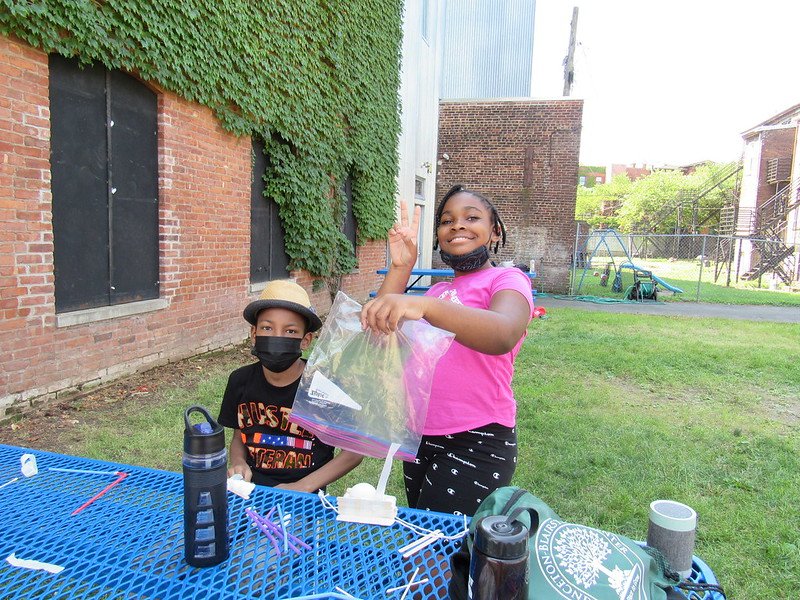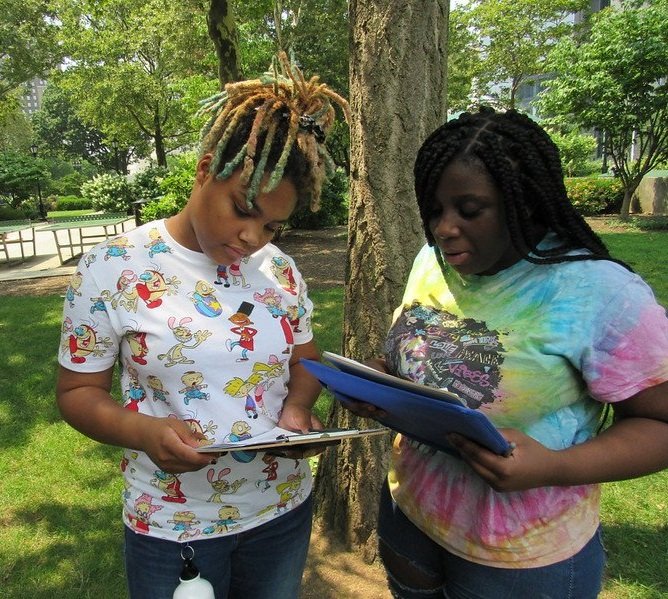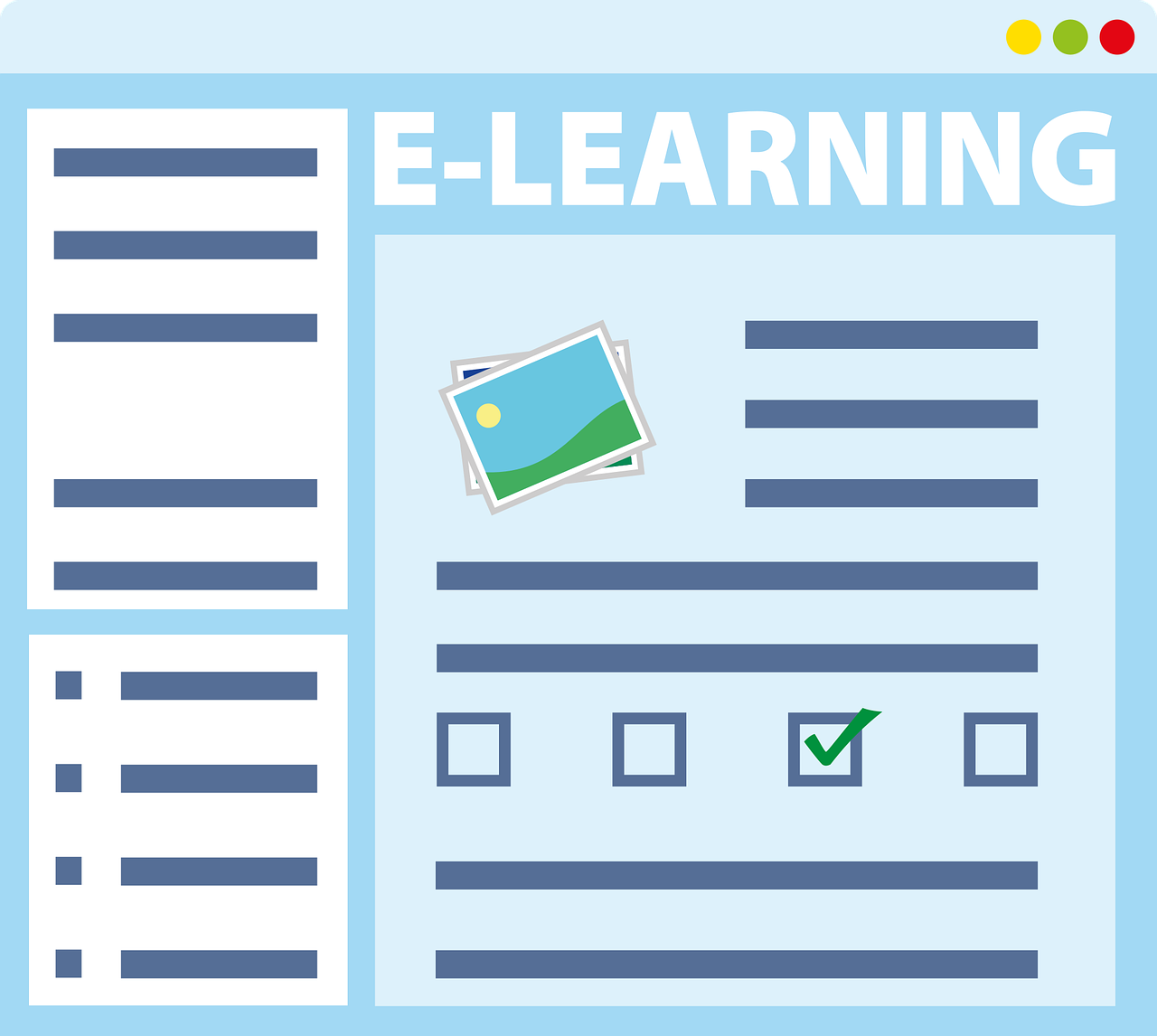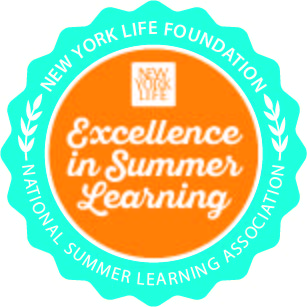Environmental Education at the Princeton-Blairstown Center
/Identification chart
Imagine a beautiful forest setting with clean air, miles of trails, and clear streams. Now imagine you were back in school in such a setting. Your teacher gives you a bucket, a net, maybe some petri dishes and magnifying glasses, and a species identification chart. Would you be excited for your lesson?
Environmental education is taught in classrooms around the world but there is something special about learning about the environment, in the environment that you are learning about. The National Environmental Education Foundation reported that students who participate in programs and activities outdoors show an increase in intrinsic motivation and improvement in student’s learning attitudes. You may not have access to a beautiful 268-acre campus like the Princeton-Blairstown Center every day, but that is ok! Your school yard, playground, or nearby parks and public lands work just as well when implementing an immersive environmental education curriculum.
Two students explore the water at the Center as part of their stream study.
Even if you are unfamiliar with environmental education but are willing and able to take your students on a field trip, the Princeton-Blairstown Center is the place to go! We offer fifteen curriculum-aligned programs for students featuring inquiry-based, hands-on science learning. Each program combines outdoor exploration with STEM- and SEL-reinforcing activities to help participants engage more deeply with science and the scientific method. Our environmental education curriculum is aligned to middle school curriculum standards. However, Center staff can help high school teachers plan the use of our outdoor classroom for higher-level, hands-on biology and environmental/earth science classes
Environmental education not only improves academic achievement according to the National Environmental Education Foundation but it also encourages environmental stewardship, deepens personal development and wellbeing, and strengthens communities.
Courses at the Center include everything from forest ecology, stream science, phenology and climate change to ornithology, nocturnal animals, and amphibian studies. Our Environmental Education page has course descriptions and previews.
Many species call the Princeton-Blairstown Center home and your experience may include canoeing by a busy beaver building a dam, listening to owls at dusk, or turning over rocks in a search for salamanders. Whatever program you choose, your experience will be authentic, engaging, and spark an interest in learning.
Students carefully hold salamanders.
Participants at the Center smile about their hands-on experience with salamanders.









































































